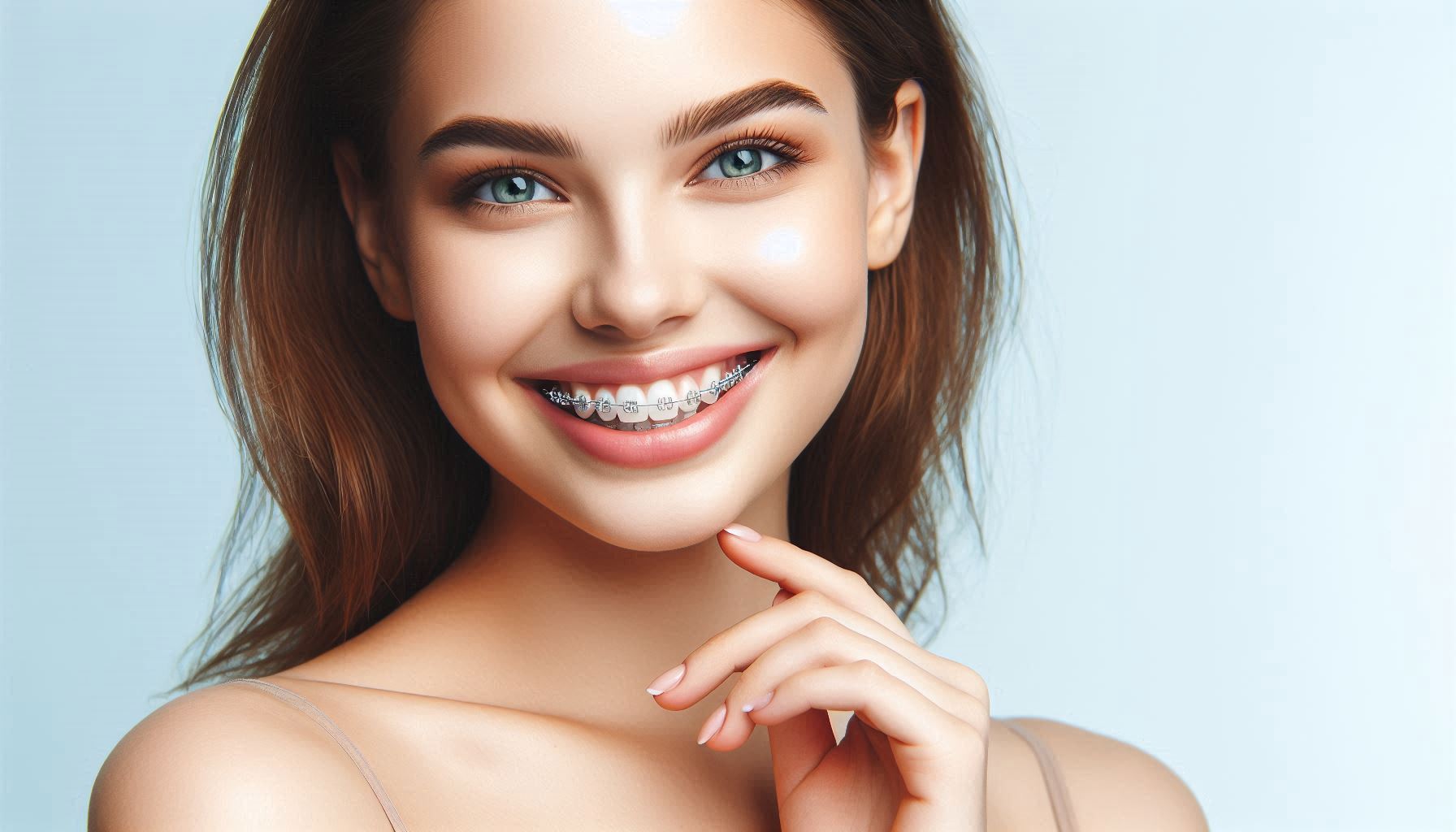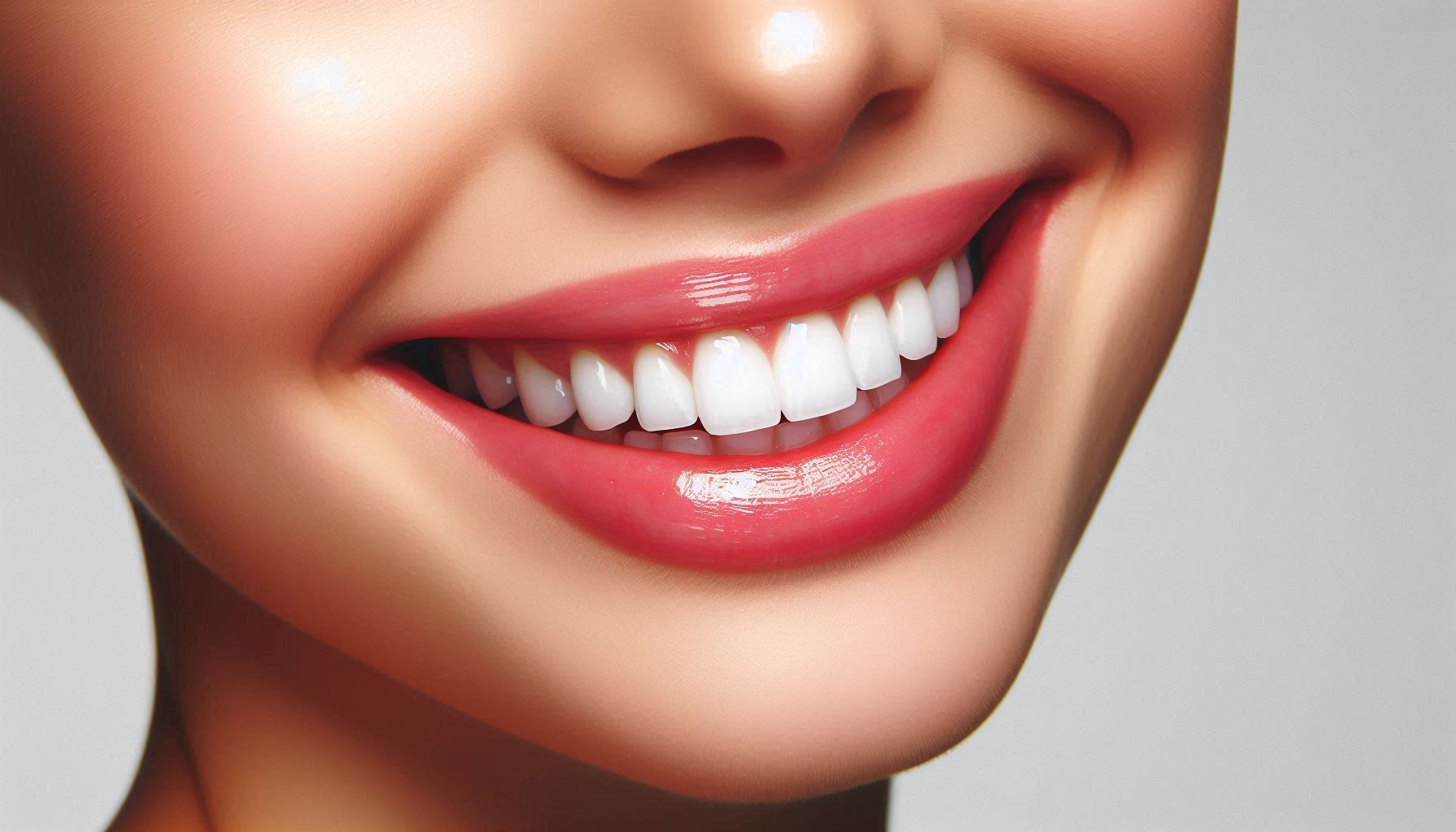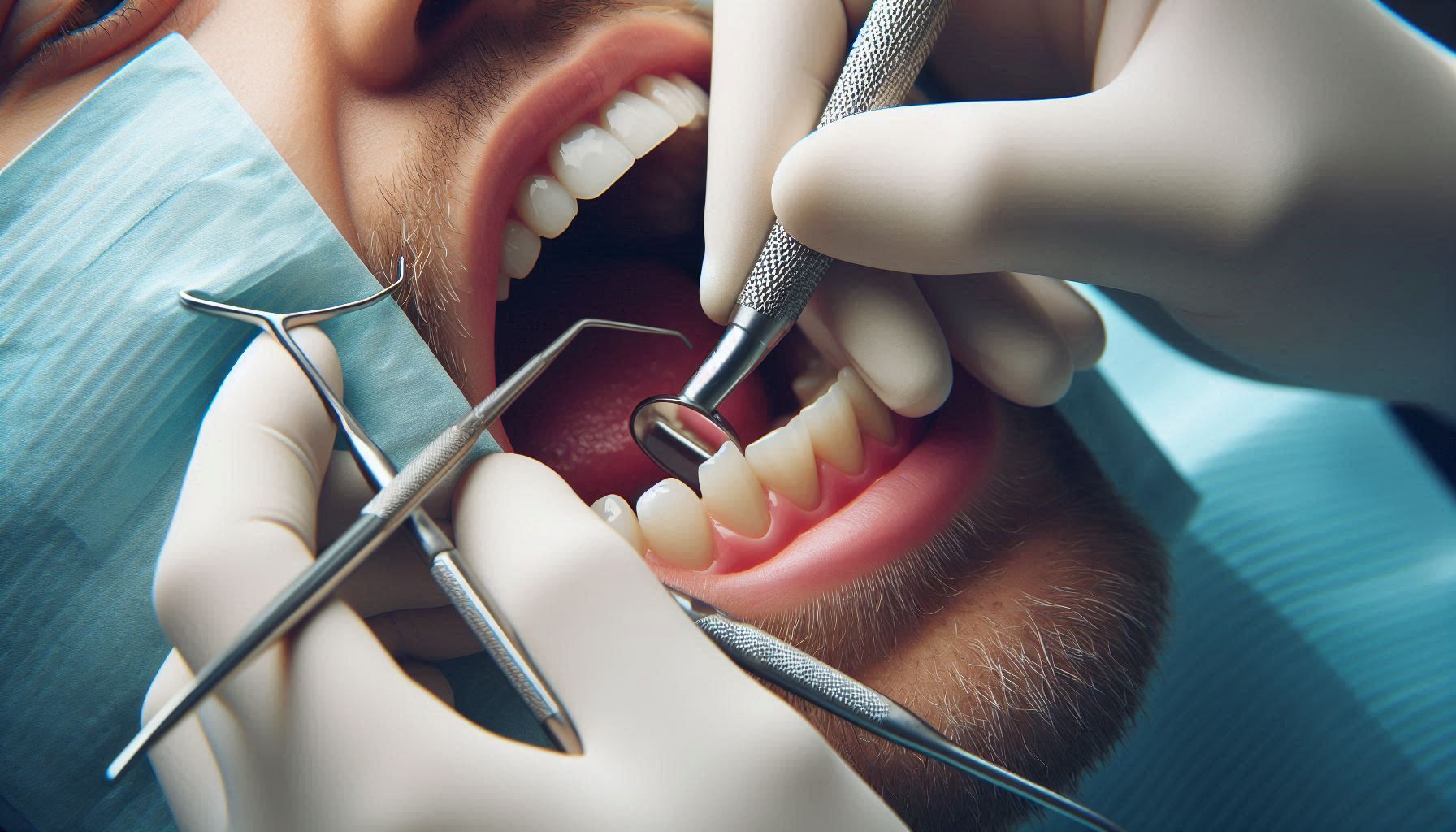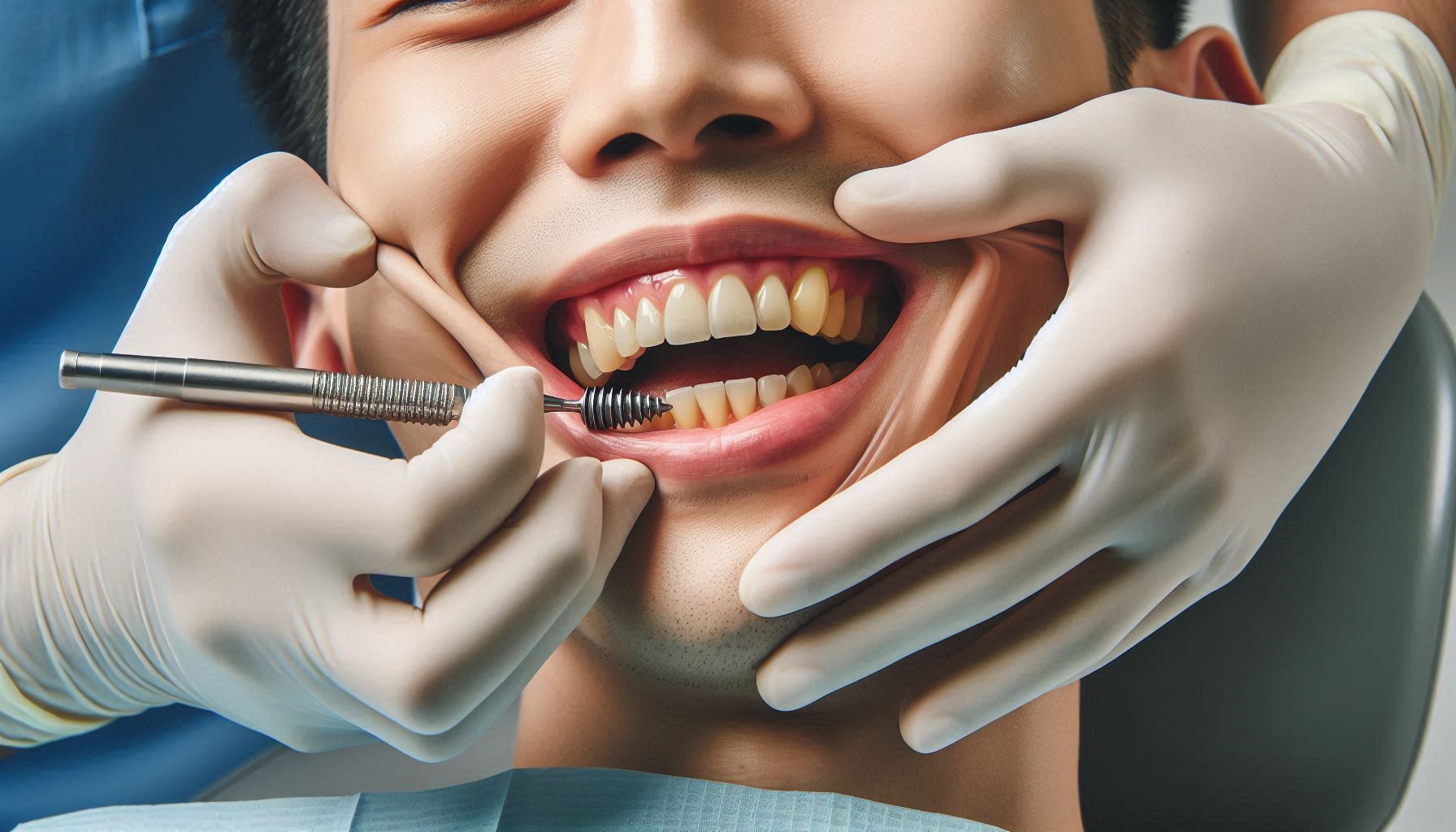Orthodontics is a branch of dentistry that focuses on diagnosing, preventing, and treating dental and facial irregularities, primarily related to the alignment of teeth and jaws. The goal of orthodontics is to straighten teeth, correct bite issues, and improve overall oral health, aesthetics, and function. Whether you’re considering traditional braces or clear aligners, orthodontic treatments can help you achieve the smile you’ve always wanted.
What is Orthodontics?
Orthodontics involves the use of devices such as braces, retainers, and clear aligners to correct issues related to the alignment of teeth and jaws. These treatments are designed to straighten teeth, fix bite problems, and create a more aesthetically pleasing smile.
Orthodontic treatments can address a variety of dental issues, including:
- Crooked Teeth: Teeth that are misaligned and may be difficult to clean or maintain.
- Overbite or Underbite: When the upper and lower teeth don’t line up properly, leading to discomfort or difficulty in chewing.
- Crossbite: When some of the upper teeth sit inside the lower teeth, affecting both function and appearance.
- Gap Teeth: Gaps or spaces between teeth that may make a person feel self-conscious about their smile.
- Open Bite: When the upper and lower teeth do not meet properly when the mouth is closed.
Types of Orthodontic Treatments
There are several types of orthodontic treatments available today, each designed to meet the needs of different patients. The most common options include traditional metal braces, ceramic braces, and clear aligners.
1. Traditional Metal Braces
Traditional metal braces are the most common and effective method for aligning teeth. They consist of brackets, wires, and elastic bands that work together to apply gentle pressure on the teeth, gradually moving them into the desired position.
- Pros:
- Highly effective for a wide range of dental issues.
- Suitable for all ages, from children to adults.
- Cost-effective and widely available.
- Cons:
- May be more noticeable than other options.
- Requires regular visits for adjustments.
- Can cause discomfort or irritation to the gums.
2. Ceramic Braces
Ceramic braces are similar to traditional metal braces but use clear or tooth-colored materials for the brackets, making them less noticeable. This is an ideal option for patients who want the benefits of braces without the noticeable appearance of metal.
- Pros:
- Less visible than traditional metal braces.
- Effective for complex orthodontic issues.
- Cons:
- Can be more expensive than traditional braces.
- The brackets may stain if not properly maintained.
- May require more care during treatment.
3. Clear Aligners (e.g., Invisalign)
Clear aligners are a modern alternative to traditional braces. These are custom-made, removable plastic trays that gradually move the teeth into alignment. Invisalign is one of the most popular clear aligner systems, offering a discreet, comfortable treatment option.
- Pros:
- Virtually invisible, making them a popular choice for adults and teens.
- Removable for eating, brushing, and flossing.
- Fewer visits to the orthodontist for adjustments.
- Cons:
- May not be suitable for all orthodontic problems, particularly severe misalignments.
- Requires commitment to wear aligners for 20-22 hours a day for the best results.
- Typically more expensive than traditional braces.
4. Lingual Braces
Lingual braces are similar to traditional metal braces, but the brackets and wires are placed on the inside of the teeth, making them completely hidden from view. They are custom-made for each patient and are a discreet alternative to traditional braces.
- Pros:
- Completely hidden from view.
- Ideal for people who prefer a more discreet option.
- Cons:
- May be more difficult to clean and maintain.
- Can cause discomfort on the tongue.
- Typically more expensive than traditional braces.
Benefits of Orthodontic Treatment
Orthodontic treatment offers a wide range of benefits that go beyond just improving the appearance of your smile. Here are some of the key advantages of orthodontics:
- Improved Functionality: Correcting issues such as bite misalignment can improve chewing, speaking, and overall oral function. A well-aligned bite allows for better pressure distribution on teeth and reduces wear and tear.
- Enhanced Aesthetics: One of the most common reasons people seek orthodontic treatment is to improve their smile. Straightening crooked teeth and closing gaps can give you a more attractive and confident appearance, making it easier to smile without hesitation.
- Better Oral Healt: Straight teeth are easier to clean and maintain, reducing the risk of plaque buildup, cavities, and gum disease. Crooked teeth can create hard-to-reach spots that promote bacterial growth, leading to more dental issues down the road.
- Prevention of Long-Term Issues: Orthodontics can help prevent long-term oral health issues, such as tooth wear, gum problems, and jaw pain. Correcting bite and alignment issues early on can prevent the need for more extensive dental work in the future.
- Increased Confidence: A straight, beautiful smile can significantly boost your self-esteem and confidence. Whether you’re speaking in public or smiling for a photo, orthodontic treatment can make a world of difference in how you feel about yourself.
The Orthodontic Treatment Process: Step by Step
Orthodontic treatment is a gradual process that typically takes between 18 months to 3 years to complete, depending on the severity of the dental issue. Here’s a general overview of the steps involved:
- Initial Consultation and Assessment: During your first visit, the orthodontist will perform a comprehensive evaluation of your teeth and bite. They will also take X-rays and impressions to create a treatment plan tailored to your needs.
- Choosing the Right Treatment: After evaluating your situation, your orthodontist will recommend the most appropriate treatment method, whether that’s traditional braces, clear aligners, or another option.
- Placement of Braces or Aligners: If you choose braces, the orthodontist will place brackets and wires on your teeth, adjusting them to apply gentle pressure. If you opt for clear aligners, you’ll receive your first set of custom-made trays.
- Regular Check-ups and Adjustments: You will need to visit the orthodontist regularly for adjustments. If you have braces, the wires will be tightened periodically. For clear aligners, you’ll receive new trays every few weeks to continue progressing toward your goal.
- Retention Phase: Once your treatment is complete, your orthodontist will provide you with a retainer to keep your teeth in their new position. Wearing your retainer as instructed is crucial to maintain the results of your treatment.
Conclusion
Orthodontic treatments are a fantastic way to improve both the function and appearance of your teeth. Whether you’re dealing with misaligned teeth, bite issues, or gaps, orthodontics can help you achieve a healthy, beautiful smile that lasts a lifetime. With advancements in treatment options, including clear aligners and lingual braces, there’s never been a better time to consider orthodontic treatment.
If you’re thinking about improving your smile, consult with an experienced orthodontist to explore the best treatment options for your unique needs. With the right orthodontic care, you can achieve the smile you’ve always wanted and improve your oral health for years to come.




